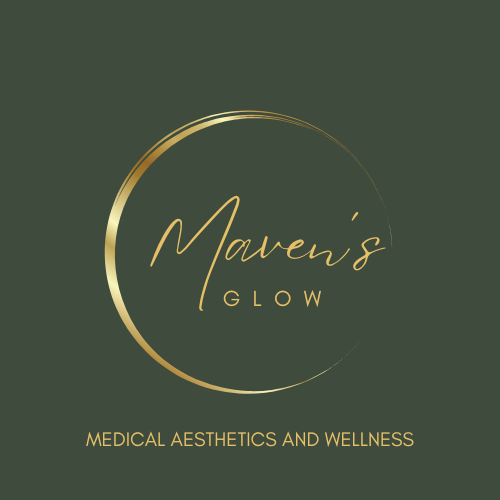SKIN Analysis
Take a deep dive into your skins health. Skin analysis uses numerous wavelengths of light to reveal skin hydration, hyperpigmentation, skin elasticity, sun damage, wrinkles, pore size, skin texture, and even symmetry.
ABOUT SKIN IMAGING
As technology continues to advance, skin analyzers are playing an increasingly important role in personalized skin diagnosis. By utilizing advanced technologies like Spectral Skin Imaging, High-Resolution 3D Technology, AI Facial Recognition, and Violeds Technology, customized care plans can be developed for every skin type. These innovations enable highly accurate skin assessments and tailored recommendations for optimal skincare.
wHAT IT IS
A skin analysis system evaluates various aspects of the skin surface, including type (oily, dry, combination, normal), texture, pore size, wrinkles, fine lines, pigmentation, hydration levels, elasticity, firmness, sebum (oil) levels, sensitivity, UV damage, acne, blemishes, vascular issues, redness, inflammation, skin health, skin aging, and overall skin tone.
How it works
wHAT to expect
By identifying specific skin issues, skin analyzers help create personalized care options, monitor progress, and detect emerging problems, ultimately aiding in the development of tailored skincare regimens to improve skin health and appearance.
FAQs
-
PRP injections are generally well-tolerated by most patients, with discomfort similar to that of standard injections. A local anesthetic or numbing cream may be applied to help minimize pain. Mild soreness or tenderness at the injection sites can last for 3-5 days but typically subsides quickly. Individual pain tolerance and experiences may vary.
-
PRP hair restoration usually involves minimal downtime. Most patients can resume normal activities shortly after treatment; however, it is advised to avoid washing the scalp or engaging in strenuous activities for the first 24-48 hours to optimize results and minimize potential side effects.
-
Results from PRP hair restoration can vary based on individual factors such as genetic predisposition, overall health, and the extent of hair loss. Some individuals may experience results that last between 1 to 5 years, but regular follow-up treatments every 4-6 months are often recommended to maintain and potentially enhance the outcomes.
-
Common side effects may include mild swelling, bruising, or tenderness at the injection sites. In rare cases, more serious side effects such as infection, nerve injury, or allergic reactions may occur. These side effects are generally mild and temporary, but individual experiences can vary. It’s important to discuss any concerns with your practitioner before undergoing treatment.
-
PRP hair restoration may be suitable for healthy men and women experiencing thinning hair, a receding hairline, or pattern baldness. However, it may not be recommended for individuals with certain medical conditions, such as blood disorders, Hepatitis C, HIV, or those taking blood-thinning medications. A consultation with a qualified practitioner is essential to determine if PRP is the right treatment for your specific needs and medical history.
-
May Stimulate Natural Hair Growth: PRP is intended to enhance the function of hair follicles, potentially promoting healthier and thicker hair.
Can Improve Hair Density and Thickness: By increasing blood supply to the follicles, PRP aims to support stronger hair growth, although results can vary.
Minimally Invasive with No Surgery: PRP offers a non-surgical alternative to hair transplants, potentially with less downtime and discomfort.
Personalized Treatment: Each PRP session is tailored to the individual’s hair restoration needs, with treatment plans developed based on the patient’s unique hair loss pattern and goals.
Contact Us
Enhance your natural beauty and experience rejuvenation at our Medspa. Contact us today to schedule your consultation and discover the transformative benefits of our personalized treatments.
Disclaimer: PRP Hair Restoration is a minimally invasive procedure intended to support natural hair growth and improve hair density and thickness. Results can vary significantly between individuals based on factors such as age, health status, genetic predisposition, and the extent of hair loss. Common side effects include mild swelling, bruising, and tenderness at the injection sites. In rare instances, more serious side effects such as infection, nerve injury, or allergic reactions may occur. It is crucial to consult with a qualified healthcare provider to determine if PRP Hair Restoration is suitable for you and to discuss potential risks and benefits.
The information provided is for educational purposes only and is not intended as medical advice. Always seek the advice of your physician or another qualified health provider with any questions you may have regarding a medical condition or treatment. Follow your practitioner’s guidance and promptly report any unusual symptoms or adverse reactions.

